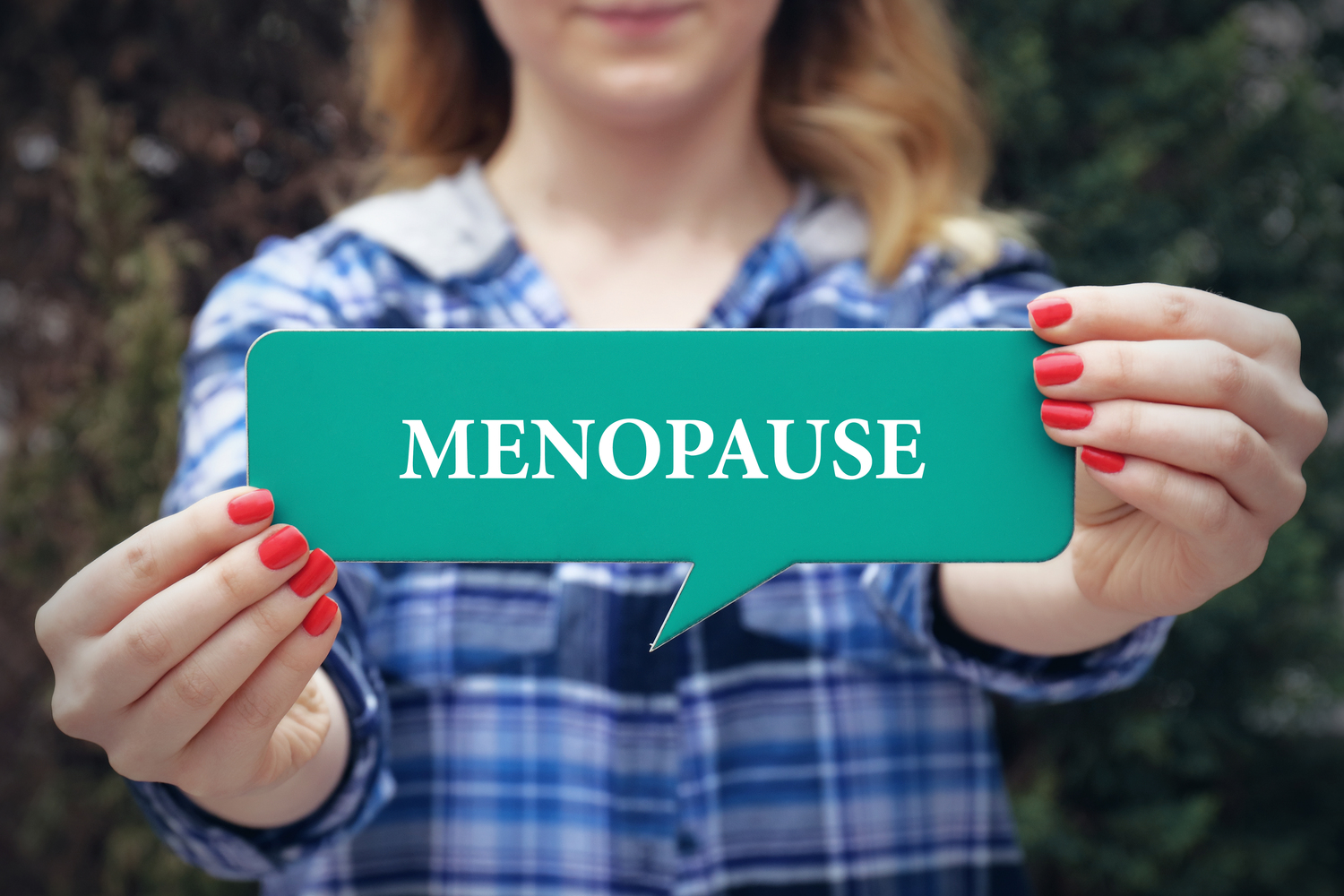
Understanding Dyspareunia in Menopause
There is a lot of stigma attached to sex during the menopausal stage and certain conditions can make it even worse. A large number of menopausal women tend to experience pain during sexual intercourse, and this can be due to a medical condition known as dyspareunia. The female body goes through significant changes during this time, including declining estrogen levels, which triggers many bodily changes.
1. Why does dyspareunia in menopause occur?
The vaginal tissues change due to low estrogen levels, making sexual intercourse uncomfortable and painful. The pain may be mild or severe, but the condition is quite common. As many as 17%-45% of post-menopausal women complain of dyspareunia in menopause. During menopause, the vaginal tissues become dry and thin out, making penetration uncomfortable. Post-sex, women often feel a burning sensation in their vagina, accompanied by soreness.
If this condition is left untreated, the inflammation might grow. It then leads to the vaginal area becoming so dry and devoid of sufficient lubrication that there can be major tearing or bleeding if you have sexual intercourse. Apart from the physical pain during intercourse, the fear of pain itself leads to problems in arousal. When you worry about the pain coming back, the vaginal muscles will become tighter involuntarily. This condition is triggered by anxiety and called vaginismus.
So, the outcome is a vicious cycle. The fear of pain stops you from indulging in intercourse, which in turn makes the vagina muscles thin and excessively dry. When you notice that this pain is getting in the way of your normal sex life and affecting your happiness and wellbeing, you should not hesitate to visit a doctor.
2. Can you treat dyspareunia in menopause?
When you approach a doctor for treating dyspareunia, they will probably recommend an over-the-counter medication like a water-based lubricant that you can use for sexual intercourse. This lubricant must be free of herbal extracts, artificial colors, or perfumes as these may end up irritating the skin.
You should ideally try out a few products first to see which works for you. When the pain does not go even after using a lubricant, you can consider localized estrogen therapy.
Estrogen therapy can be administered locally through:
- Vaginal creams or conjugated estrogens that release the estrogen into the vagina directly. You can apply these 2-3 times every week. However, take care not to use them before sex like a lubricant as they may penetrate the skin of your partner.
- Vaginal rings, including estradiol rings, can be inserted into the vagina to release low-dosage of estrogen directly into tissues. You will need to keep changing them every 3 months.
- Estrogen tablets can be placed inside the vagina twice a week with an applicator.
- Oral estrogen pills may help treat dryness and other menopausal symptoms like hot flashes. You must not use them very often as these may increase the risk of certain cancers. Women who have suffered from diseases like cancer earlier cannot be given such pills.



